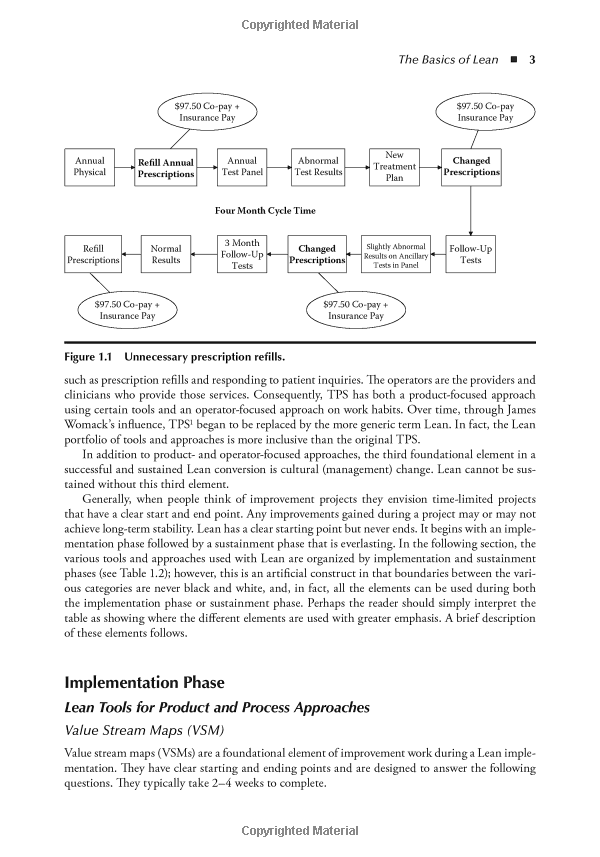Understanding the Importance of PET Scan of Lungs in Diagnosing Lung Diseases
#### PET Scan of LungsA PET scan of lungs, or Positron Emission Tomography scan, is a revolutionary imaging technique that plays a crucial role in the diagn……
#### PET Scan of Lungs
A PET scan of lungs, or Positron Emission Tomography scan, is a revolutionary imaging technique that plays a crucial role in the diagnosis and management of various lung diseases, including cancer, infections, and inflammatory conditions. This advanced imaging modality provides detailed information about the metabolic activity of lung tissues, allowing healthcare professionals to identify abnormalities that may not be visible through traditional imaging methods like X-rays or CT scans.
#### What is a PET Scan?
A PET scan is a non-invasive imaging test that uses a small amount of radioactive material, known as a radiotracer, which is injected into the patient's bloodstream. As the radiotracer travels through the body, it emits positrons that are detected by the PET scanner. The scanner then creates detailed images that reflect the metabolic activity of the tissues being examined. In the case of the lungs, the PET scan can help visualize areas of increased or decreased metabolic activity, which is often indicative of disease processes.
#### Why is a PET Scan of Lungs Important?
The importance of a PET scan of lungs cannot be overstated, especially in the context of lung cancer diagnosis and treatment. Lung cancer is one of the leading causes of cancer-related deaths worldwide, and early detection is critical for improving patient outcomes. A PET scan can help in several ways:

1. **Diagnosis**: A PET scan can help differentiate between benign and malignant lung nodules. It provides information about the metabolic activity of the nodule, which is crucial for determining whether further intervention is needed.
2. **Staging**: For patients diagnosed with lung cancer, a PET scan is essential for staging the disease. It helps to determine the extent of cancer spread within the lungs and to other parts of the body, which is vital for planning appropriate treatment.
3. **Treatment Monitoring**: After treatment, PET scans can be used to monitor the effectiveness of therapy. By assessing changes in metabolic activity, healthcare providers can determine whether the cancer is responding to treatment or if further interventions are necessary.
4. **Detecting Recurrence**: PET scans are also valuable in detecting cancer recurrence. Increased metabolic activity in previously affected areas can indicate a return of the disease, allowing for timely management.
#### How is a PET Scan of Lungs Performed?

The procedure for a PET scan of lungs typically involves the following steps:
1. **Preparation**: Patients may be advised to avoid strenuous exercise for 24 hours before the scan and to refrain from eating for several hours prior to the procedure. This helps to ensure accurate results.
2. **Radiotracer Injection**: A radiotracer is injected into a vein, usually in the arm. Patients may experience slight discomfort at the injection site.
3. **Waiting Period**: After the injection, there is usually a waiting period of about 30 to 60 minutes to allow the radiotracer to circulate and be absorbed by the body's tissues.
4. **Scanning**: The patient lies on a table that slides into the PET scanner. The scan itself typically takes about 30 to 60 minutes. Patients must remain still during this time to ensure clear images.

5. **Post-Scan**: After the scan, patients can resume normal activities. The radiotracer will naturally leave the body over time, and hydration is encouraged to help flush it out.
#### Conclusion
In summary, a PET scan of lungs is an invaluable tool in the field of medical imaging, particularly for diagnosing and managing lung diseases. Its ability to provide detailed information about the metabolic activity of lung tissues makes it essential for early detection and effective treatment planning. As technology continues to evolve, the role of PET scans in lung health will undoubtedly grow, offering hope for better outcomes for patients facing lung-related health challenges.